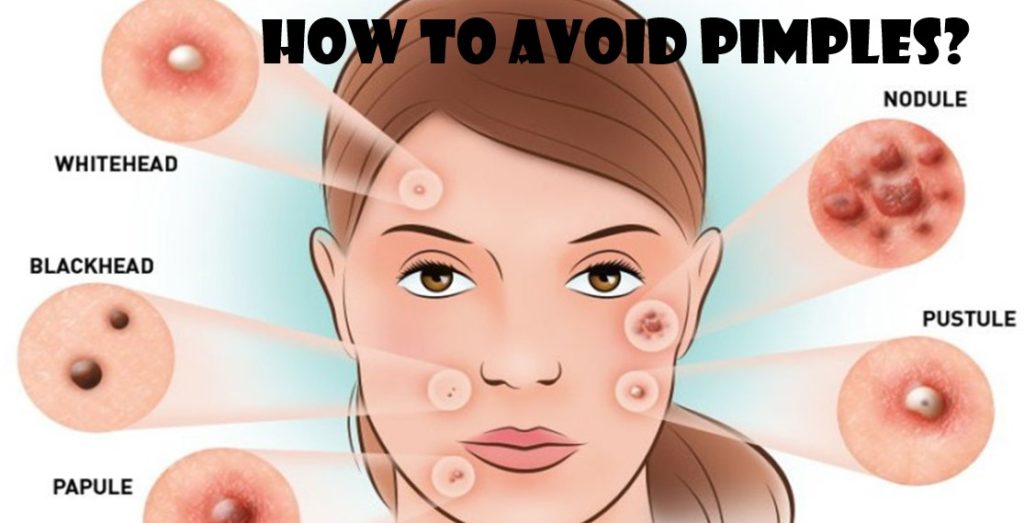
/chicken-pox-56a19f945f9b58b7d0c11f1e.jpg)
None of this means you’re doomed to heart disease if you are bald, but it may suggest you should be screened more carefully for other signs and symptoms of heart disease. “Nonetheless, the final answer has not yet been reached,” Costello says. Some researchers theorize that the link may be due to too much of the male hormone testosterone, which interferes with hair growth on the head and causes hardening of the arteries. “There seems to be a correlation with early balding and increased cardiac risk, however, baldness may actually be a marker or result of other risk factors for heart disease including obesity and diabetes.” “The jury is still out on the connection between male pattern baldness and heart disease.” Dr. However, experts say it’s important to note that other factors may be at play. The researchers found the strongest association to heart disease in men with severe and early onset hair loss. Four hundred and two participants ages 28 to 75 with varying levels of hair loss underwent testing to determine the health of their arteries. Men with complete loss of hair on the top of their head have an increased risk of 36 percent, according to the report.Ī more recent study, published in June 2021 in the International Journal of General Medicine, found a link between baldness and heart disease in Chinese men.
PIMPLES APPEARONMH ALL OVER CHEST HEART PRO LEM FULL
One often-cited study, published in 2000 in JAMA Internal Medicine, found that men with hair loss at the crown of the head have an increased risk of heart disease of about 23 percent compared with men with a full head of hair. This type of hair loss in males is called male pattern baldness. Some research has found a link between androgenic alopecia, a common form of hair loss, and heart disease in men. “The treatment depends on the cause of the swelling but oftentimes can be managed with medications or lifestyle modifications,” says Briana Costello, MD, a general and interventional cardiologist at the Texas Heart Institute. Since edema may indicate various conditions, it’s always a good idea to talk to your doctor if you have new or worsening swelling in your legs. “If one leg is swollen or asymmetric in nature, with sudden onset pain and tenderness behind the calves or thigh this could indicate a blood clot, which is serious and requires immediate medical attention,” Dr.

This occurs when veins in the legs are not bringing blood back to the heart normally and can result in a feeling of heaviness or swelling in the leg. Parikh, MD, Chief of Cardiology at NewYork-Presbyterian Brooklyn Methodist Hospital. Swelling of the legs can also be venous insufficiency or varicose veins, says Manish A. The legs and ankles are common areas for edema because of the effects of gravity. This is called "pitting edema” and it could indicate congestive heart failure.Įdema may be a sign of heart failure because when your heart is not pumping well, fluid from inside your blood vessels tends to leak out into surrounding tissues. Your doctor may check for this sign by pressing a finger against your ankle or shin bone to see if a depression or dent is left behind. Edema may appear as "sock marks" on your legs and ankles at the end of the day, especially if you wear tight socks or hose. Retention of fluid in the feet and legs is known as peripheral edema. Letting your doctor know about these warning signs could help you get early treatment for heart disease. Knowing the signs of heart disease is important because you may have them before you have any of the common heart disease symptoms. But your doctor will also look for common heart disease signs during an examination or in a patient interview.

Obvious heart disease symptoms include shortness of breath and chest pain. Heart disease symptoms are indications that you feel or experience, while a sign of heart disease is something your doctor can see or find. Signs Versus Symptoms of Heart Diseaseįirst, some definitions. High rates of risk for heart disease, including obesity and high blood pressure, in this age group are putting them at higher risk, per the Centers for Disease Control and Prevention (CDC).īlack and Hispanic Americans are disproportionately affected by heart disease, per the Cleveland Clinic. In fact, hospitalizations for heart attacks in young people aged 35 to 54 have been rising in recent decades, particularly among women, according to a study published in 2019 in the journal Circulation. While age is a risk factor for heart disease, it can strike at any age. In real life, the signs and symptoms of heart disease are much more varied and subtle. Then he clutches his chest, staggers, and eventually falls over. The patient, usually an older man, starts wheezing and gasping for breath. The classic red flags for a heart attack are familiar to anyone who has watched medical dramas on television.


 0 kommentar(er)
0 kommentar(er)
